Home>Maintenance & Safety>Safety Equipment & Products>How To Childproof A TV
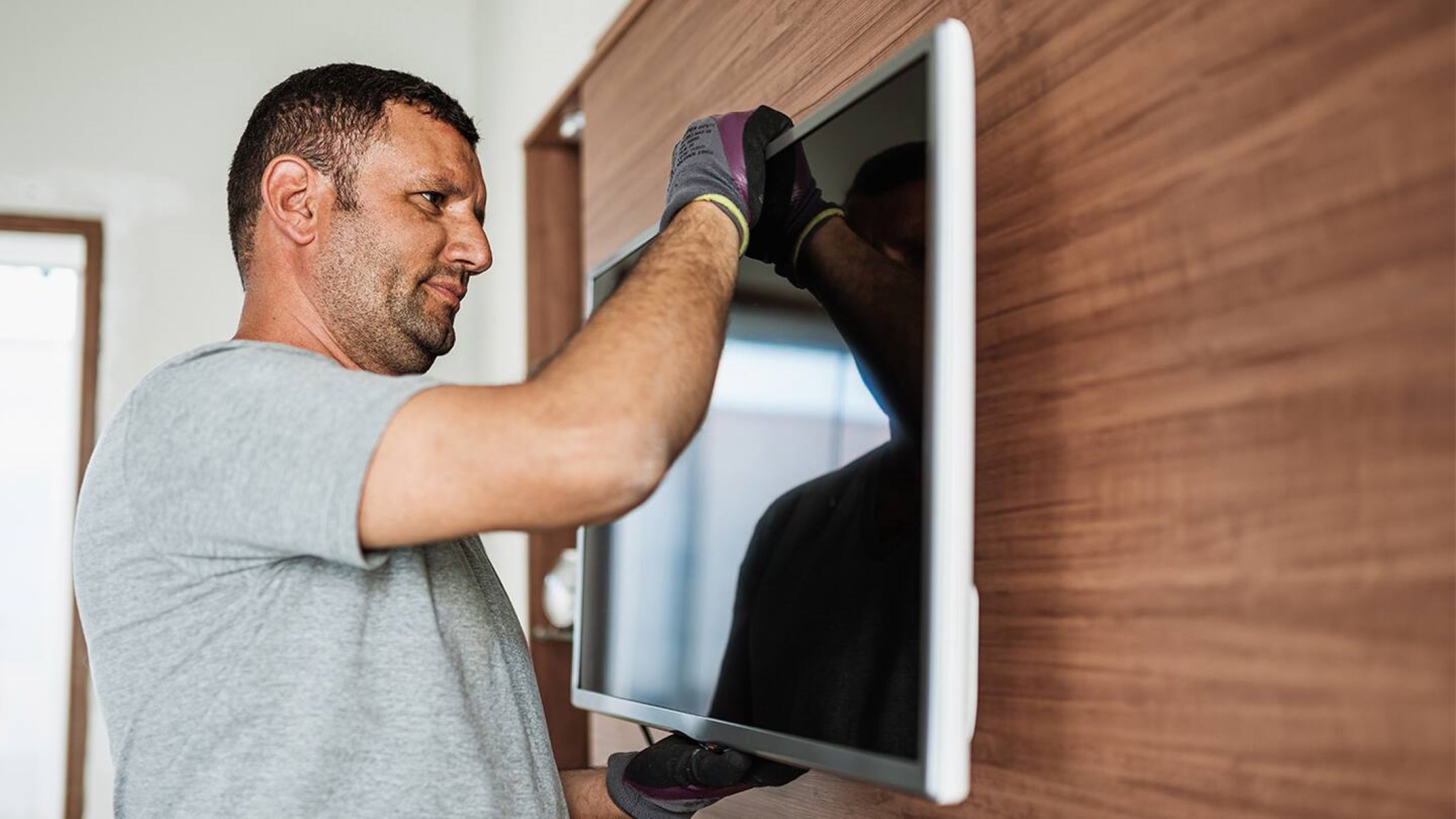

Safety Equipment & Products
How To Childproof A TV
Modified: January 4, 2024
Learn how to childproof your TV with safety equipment and products. Keep your little ones safe from potential hazards at home.
(Many of the links in this article redirect to a specific reviewed product. Your purchase of these products through affiliate links helps to generate commission for Storables.com, at no extra cost. Learn more)
Introduction
Childproofing a TV is an essential aspect of creating a safe environment for young children. With the prevalence of large, flat-screen TVs in many homes, it's crucial to take proactive measures to prevent accidents and injuries. In this comprehensive guide, we'll explore effective strategies for childproofing a TV, from assessing potential risks to implementing safety devices and supervising TV time. By following these recommendations, you can significantly reduce the likelihood of accidents and create a secure living space for your little ones. Let's delve into the details of childproofing a TV and ensure the safety and well-being of your children.
Key Takeaways:
- Childproofing a TV involves securing the TV with straps and mounts, managing cables, and using safety devices to prevent accidents and injuries, creating a safe environment for kids to enjoy TV time.
- Active supervision during TV time is crucial for ensuring children’s safety, promoting responsible screen use, and balancing screen time with other enriching activities for their overall well-being.
Read more: How To Childproof A Samsung Smart TV
Assessing the Risks
Before implementing childproofing measures, it’s crucial to assess the potential risks associated with the TV and its surroundings. Start by evaluating the TV’s placement within your home. Consider its proximity to areas where children frequently play or roam, such as living rooms or play areas. Additionally, take note of any furniture, such as TV stands or cabinets, that could pose a tipping hazard if a child attempts to climb or pull themselves up.
Assess the stability of the TV stand or wall mount to determine if it can withstand the weight and force that a child might exert. Look for any sharp corners or edges on the TV stand or nearby furniture that could pose a risk of injury. Moreover, consider the presence of cables and wires connected to the TV, as these can present tripping hazards or entice curious hands.
Another important aspect of risk assessment is identifying any objects or decorations placed on or near the TV stand that could be potentially hazardous if knocked over or grabbed by a child. By thoroughly evaluating these factors, you can gain a clear understanding of the potential dangers and take targeted steps to mitigate them effectively.
Securing the TV
Securing the TV is a fundamental step in childproofing your home. If your TV is freestanding, ensure that it is placed on a stable and sturdy stand that is designed to support its weight. Consider using anchor straps or brackets to secure the TV to the stand or furniture, preventing it from being accidentally knocked over. These straps are designed to withstand significant force, providing an added layer of protection against tipping accidents.
For wall-mounted TVs, it’s essential to use appropriate mounting brackets and follow the manufacturer’s guidelines for installation. Be sure to secure the TV mount to wall studs or use drywall anchors capable of supporting the TV’s weight. Additionally, conceal the TV’s power cords and cables to prevent them from dangling within a child’s reach. This can be achieved by using cable management solutions, such as cord covers or cable sleeves, to keep cords organized and out of sight.
Consider the use of TV safety straps or anti-tip straps, which can be attached to the back of the TV and anchored to the wall. These straps are designed to prevent the TV from tipping forward if a child attempts to climb on the TV stand or pulls on the TV. By securing the TV effectively, you can minimize the risk of tip-over incidents and create a safer environment for your children.
Managing Cables and Wires
Managing cables and wires associated with your TV is a critical aspect of childproofing. Exposed cords not only create a cluttered and unsightly appearance but also pose potential hazards to young children. Start by organizing and securing the cables using cable management solutions. Cord covers, cable sleeves, and cable clips are effective tools for keeping cables neatly bundled and out of reach.
When positioning your TV, consider placing it in a location where the power outlet is easily accessible, allowing you to minimize the length of exposed cords. If this is not feasible, use cable management solutions to secure and conceal cords along the wall or furniture to prevent tripping hazards and discourage children from tampering with them.
Another consideration is the use of cordless alternatives for devices connected to the TV, such as streaming devices or gaming consoles. Opting for wireless options reduces the number of cords and eliminates potential entanglement hazards. Additionally, ensure that any unused cords are stored out of reach, either by tucking them behind furniture or using cable organizers to prevent them from dangling within a child’s grasp.
Regularly inspect the condition of cables and wires, checking for signs of wear or damage. Replace any frayed or damaged cords promptly to mitigate the risk of electrical hazards. By managing cables and wires effectively, you can create a safer and more organized environment around your TV, minimizing the potential dangers associated with loose cords and cables.
Use a TV wall mount to secure the TV and prevent it from tipping over. Keep cords and cables out of reach and use a TV guard to cover the screen and buttons. Store remotes and small items out of reach.
Using Safety Devices
Implementing safety devices can significantly enhance the childproofing measures for your TV and its surroundings. One essential safety device is a TV safety strap or anti-tip strap, which secures the TV to the wall or furniture, preventing tip-over accidents. These straps are designed to withstand force and provide added stability, particularly in homes with young children who may be prone to climbing or pulling on furniture.
Consider installing outlet covers or safety plugs to childproof electrical outlets near the TV. These covers prevent children from inserting objects into the outlets, reducing the risk of electrical shocks or injuries. Additionally, use cord concealers or outlet covers with built-in cable management features to safeguard exposed outlets and cords from tampering.
If your TV stand or entertainment center features drawers or cabinets, utilize childproof locks or latches to restrict access to potentially hazardous items stored within. This prevents children from accessing sharp objects, small electronics, or other items that could pose a danger. Furthermore, softening sharp edges and corners with corner guards or edge protectors can mitigate the risk of injuries resulting from accidental collisions or falls.
For families with infants or toddlers, consider incorporating a play yard or safety gate to create a designated safe area around the TV, limiting access to the TV stand and associated cables. This helps establish a secure boundary, especially in open living spaces where direct supervision may be challenging at times.
By utilizing these safety devices, you can fortify your childproofing efforts and create a safer environment for your children to explore and play, minimizing potential hazards associated with the TV and its surroundings.
Read more: What Makes Childproof Containers Childproof?
Supervising TV Time
While implementing childproofing measures is crucial, active supervision during TV time is equally important for ensuring the safety of young children. Supervising TV time allows you to monitor your child’s viewing habits, intervene in case of potential hazards, and promote a balanced approach to screen time.
Establishing clear guidelines for TV viewing, such as designated viewing times and content restrictions, can help manage your child’s exposure to screens. Encourage interactive viewing experiences by co-viewing programs with your child, engaging in discussions, and fostering critical thinking about the content being watched. Additionally, be mindful of the duration of TV time and ensure that it aligns with recommended guidelines for screen time based on your child’s age.
When young children are watching TV, ensure that the viewing area is free from potential hazards. Keep small objects, choking hazards, and sharp items out of reach, and maintain a safe distance between the TV and seating areas to prevent accidental collisions or attempts to touch the screen. By creating a safe and supervised environment during TV time, you can minimize the risk of accidents and promote responsible screen use.
Encourage regular breaks during TV sessions, incorporating opportunities for physical activity, play, and social interaction. Balancing screen time with other enriching activities contributes to your child’s overall well-being and development. By actively supervising and engaging with your child during TV time, you can foster a positive and safe viewing experience while promoting healthy habits and responsible media consumption.
Conclusion
Childproofing a TV is a multifaceted endeavor that encompasses risk assessment, proactive measures, and active supervision. By carefully evaluating the potential hazards associated with the TV and its surroundings, you can implement targeted strategies to create a safe and secure environment for your children.
Securing the TV through the use of anchor straps, wall mounts, and safety devices such as anti-tip straps significantly reduces the risk of tipping accidents, providing peace of mind for parents and caregivers. Managing cables and wires with effective organization and concealment measures minimizes tripping hazards and prevents children from accessing electrical components.
Utilizing safety devices, such as outlet covers, childproof locks, and corner guards, fortifies the childproofing efforts, creating a protective barrier against potential dangers. Additionally, active supervision during TV time allows parents to guide and monitor their child’s viewing habits, promoting responsible screen use and ensuring a safe viewing environment.
By incorporating these comprehensive childproofing strategies, you can cultivate a secure and nurturing space for your children to enjoy their favorite programs while minimizing the risks associated with TV-related accidents. Remember that childproofing is an ongoing process, and regular evaluations and adjustments are essential as your child grows and explores their surroundings.
Ultimately, by prioritizing safety and proactively addressing potential hazards, you can create a home environment where your children can thrive and enjoy screen time responsibly, fostering a balance between safety and enjoyment.
Frequently Asked Questions about How To Childproof A TV
Was this page helpful?
At Storables.com, we guarantee accurate and reliable information. Our content, validated by Expert Board Contributors, is crafted following stringent Editorial Policies. We're committed to providing you with well-researched, expert-backed insights for all your informational needs.
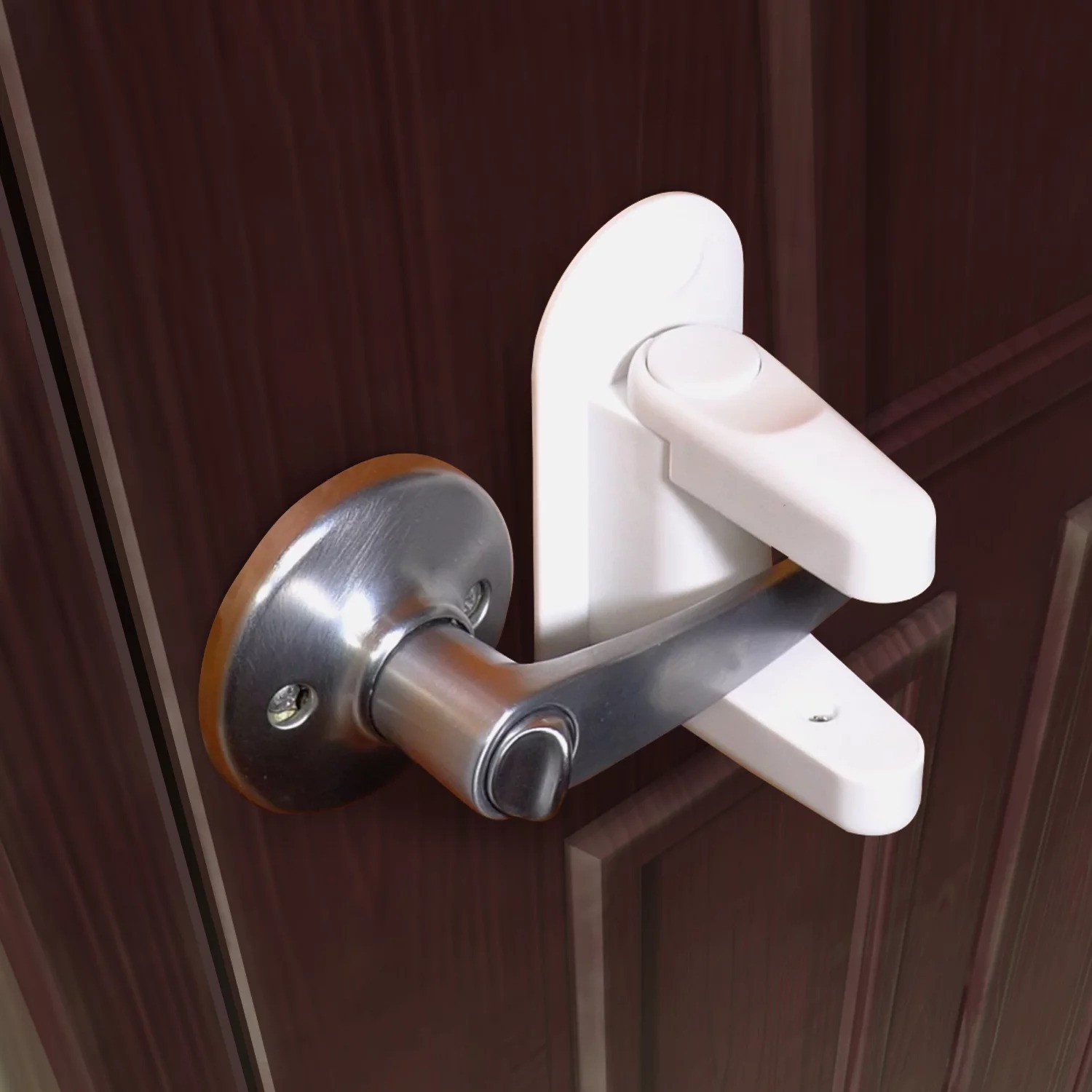
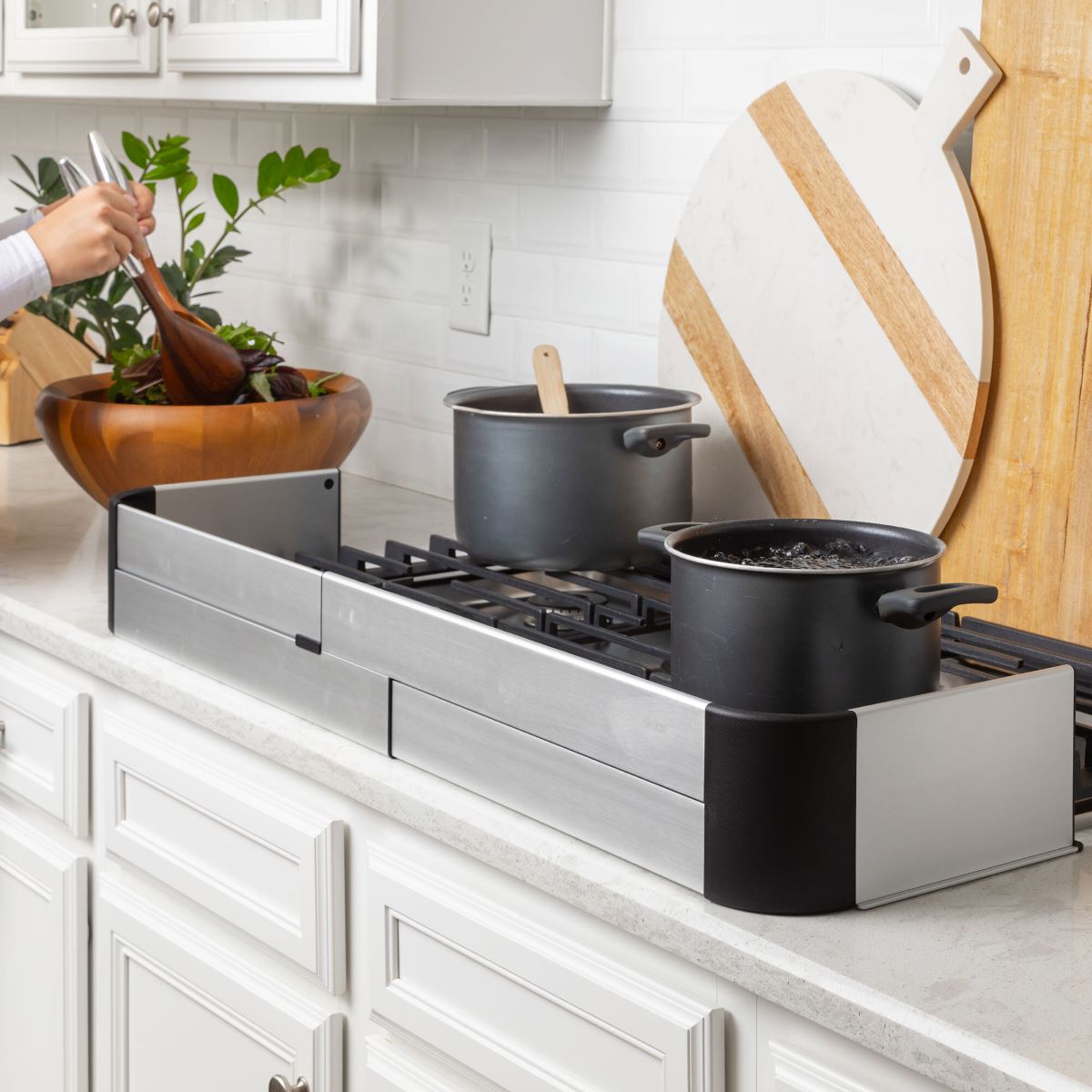
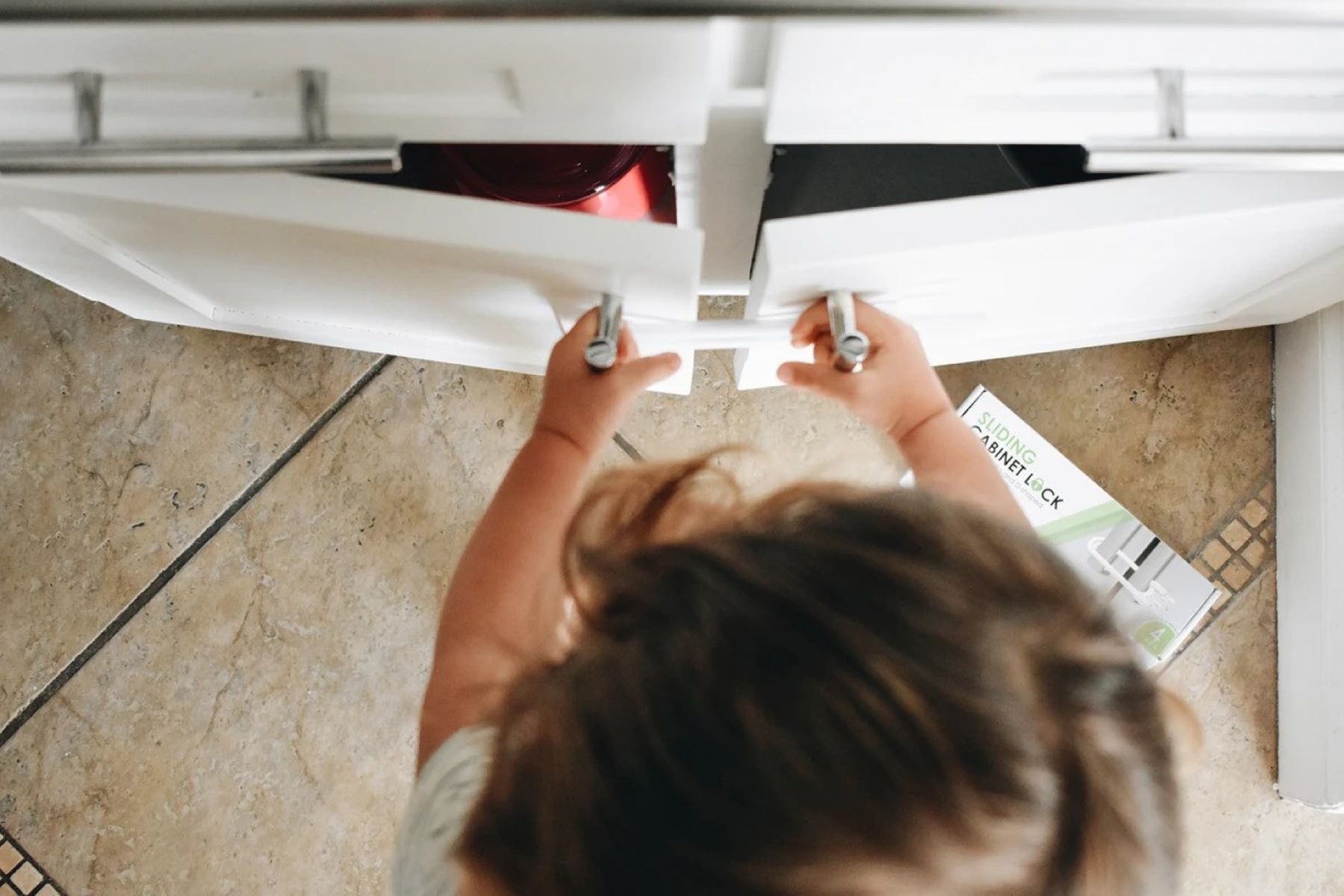
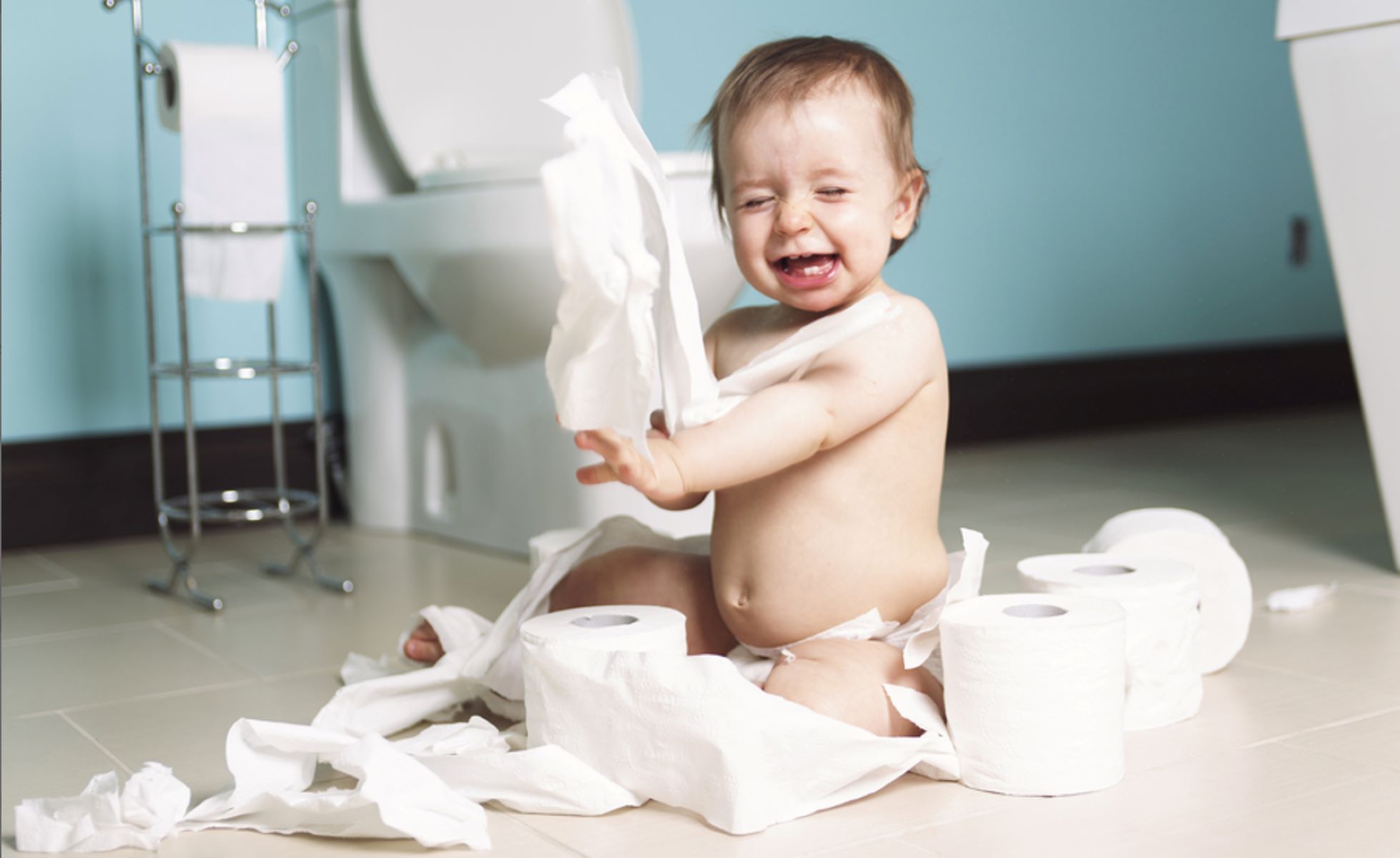
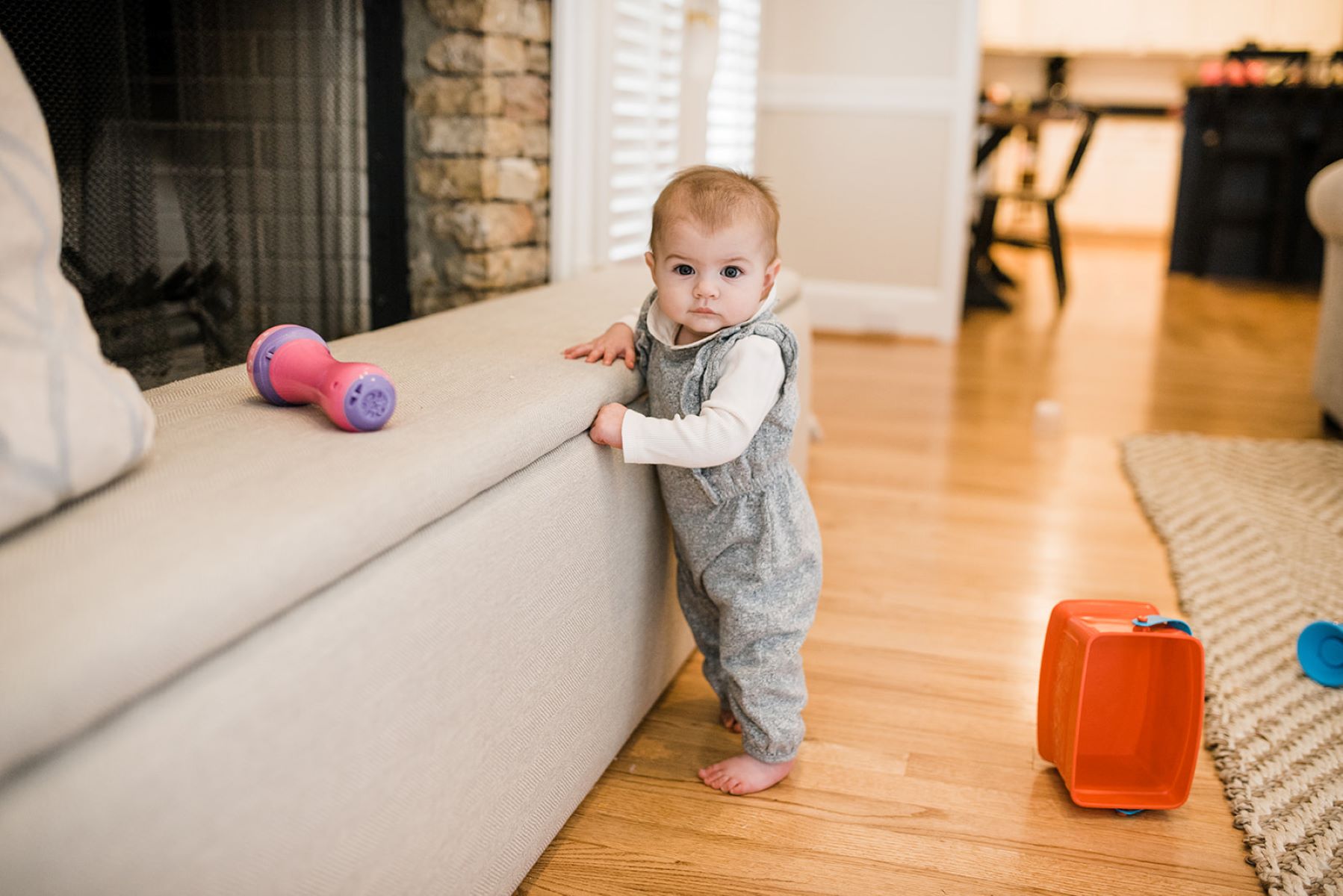

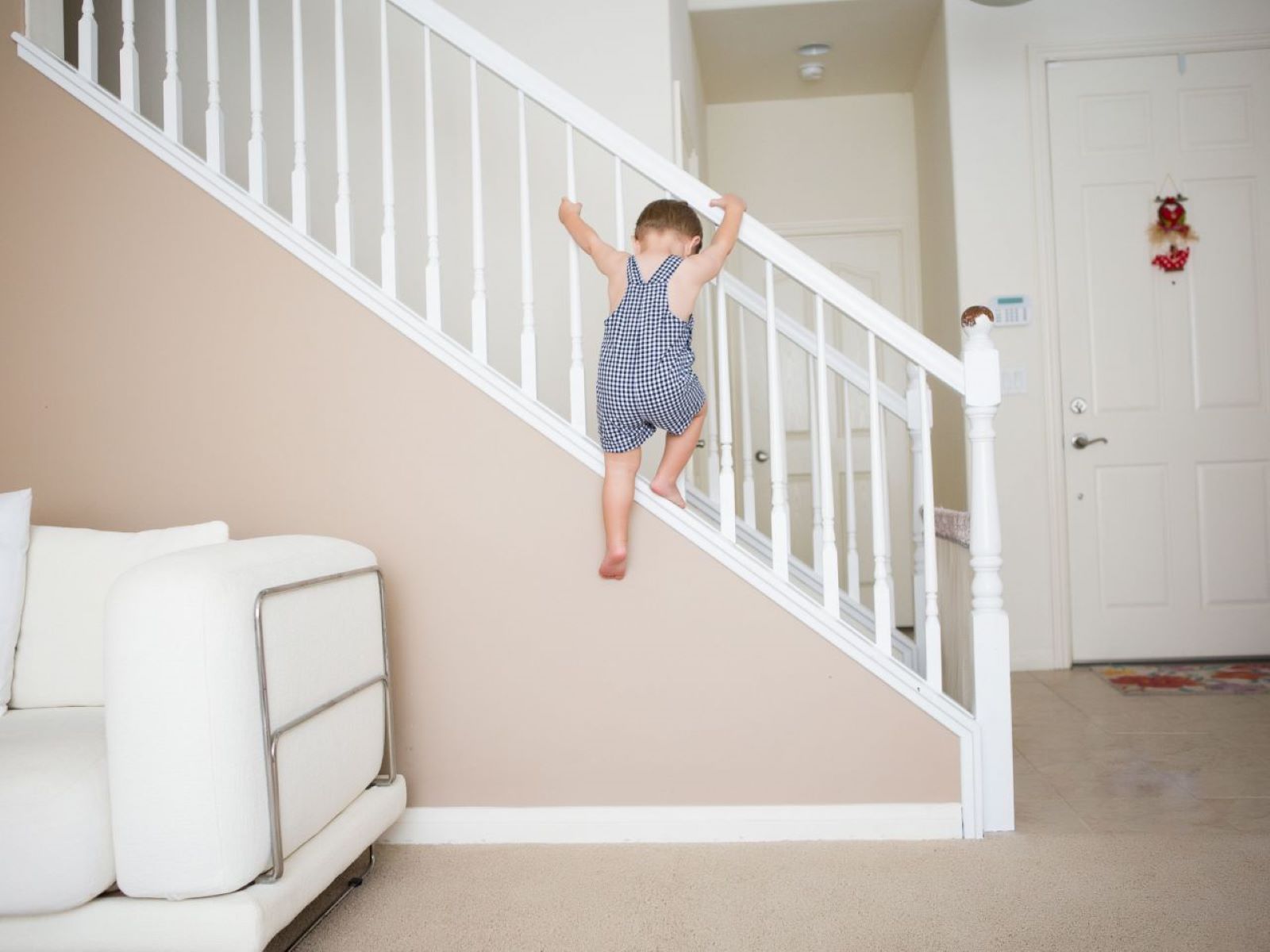
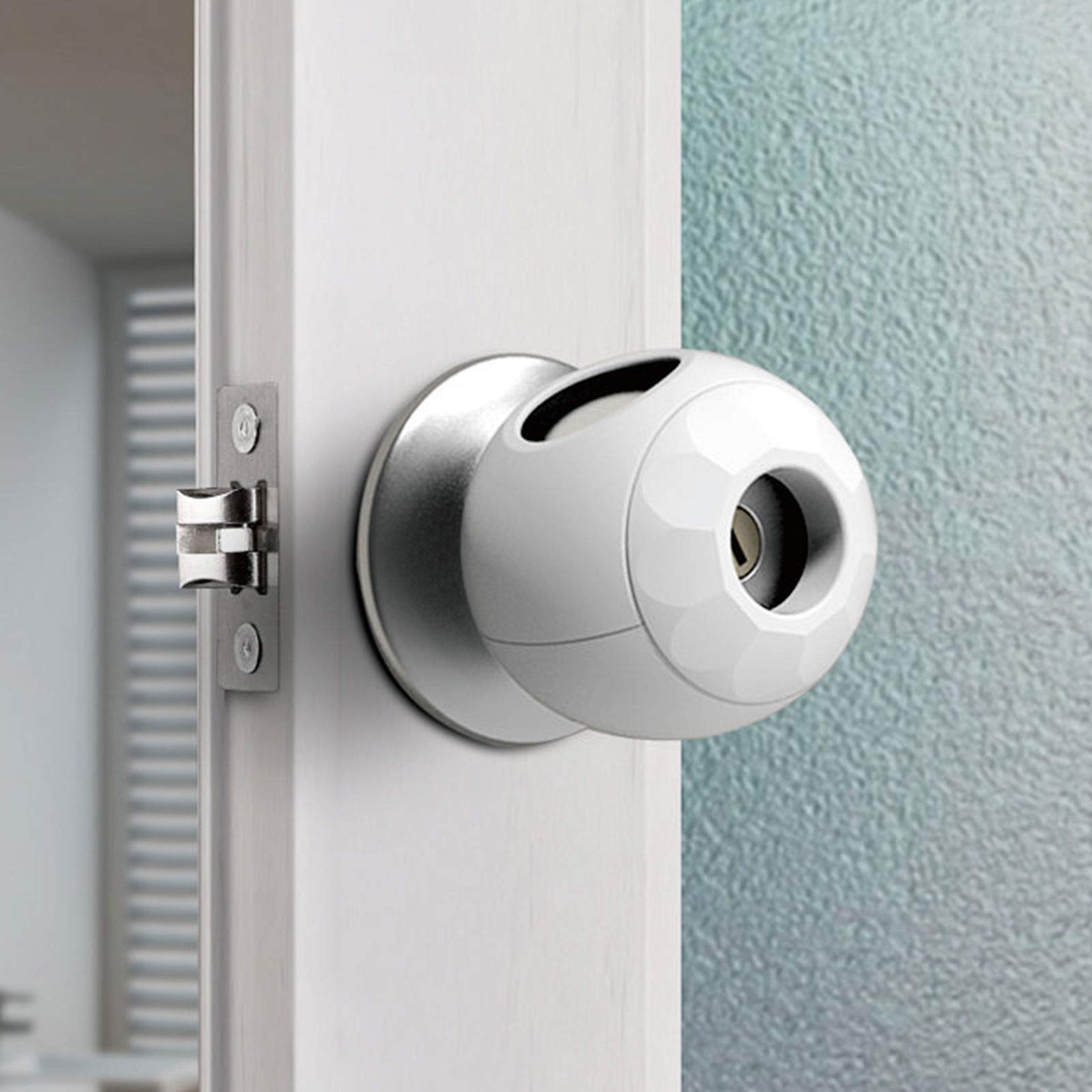
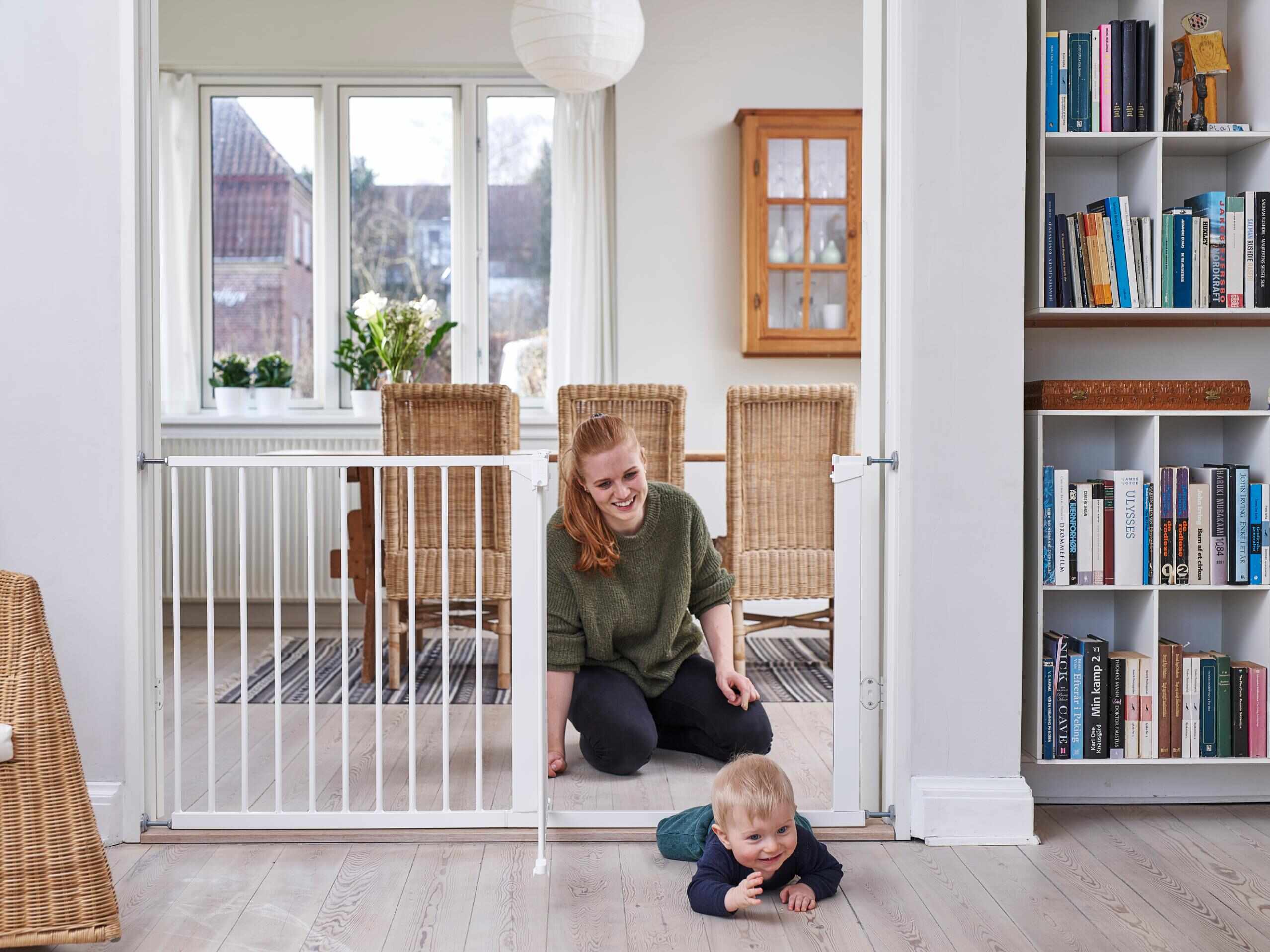

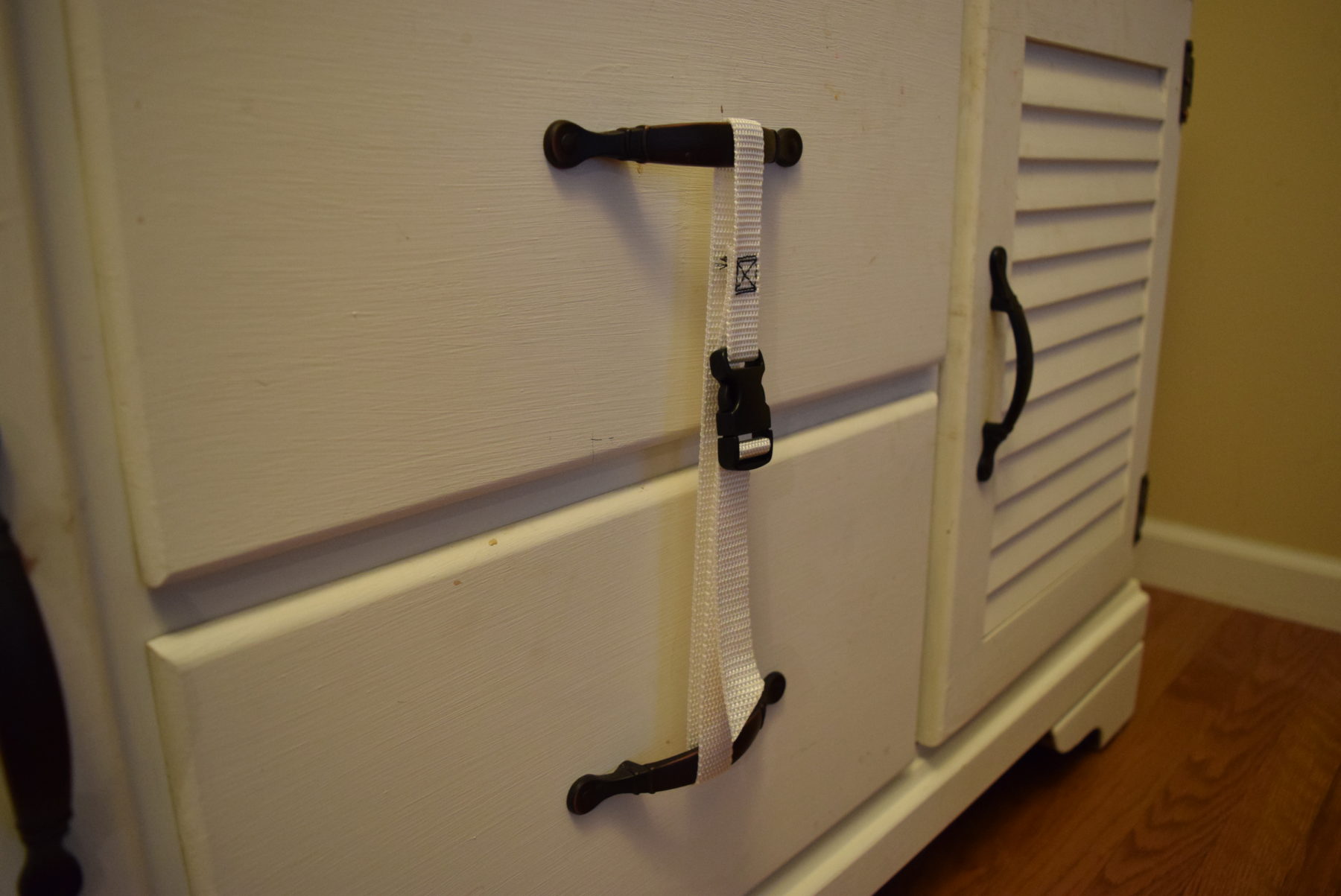

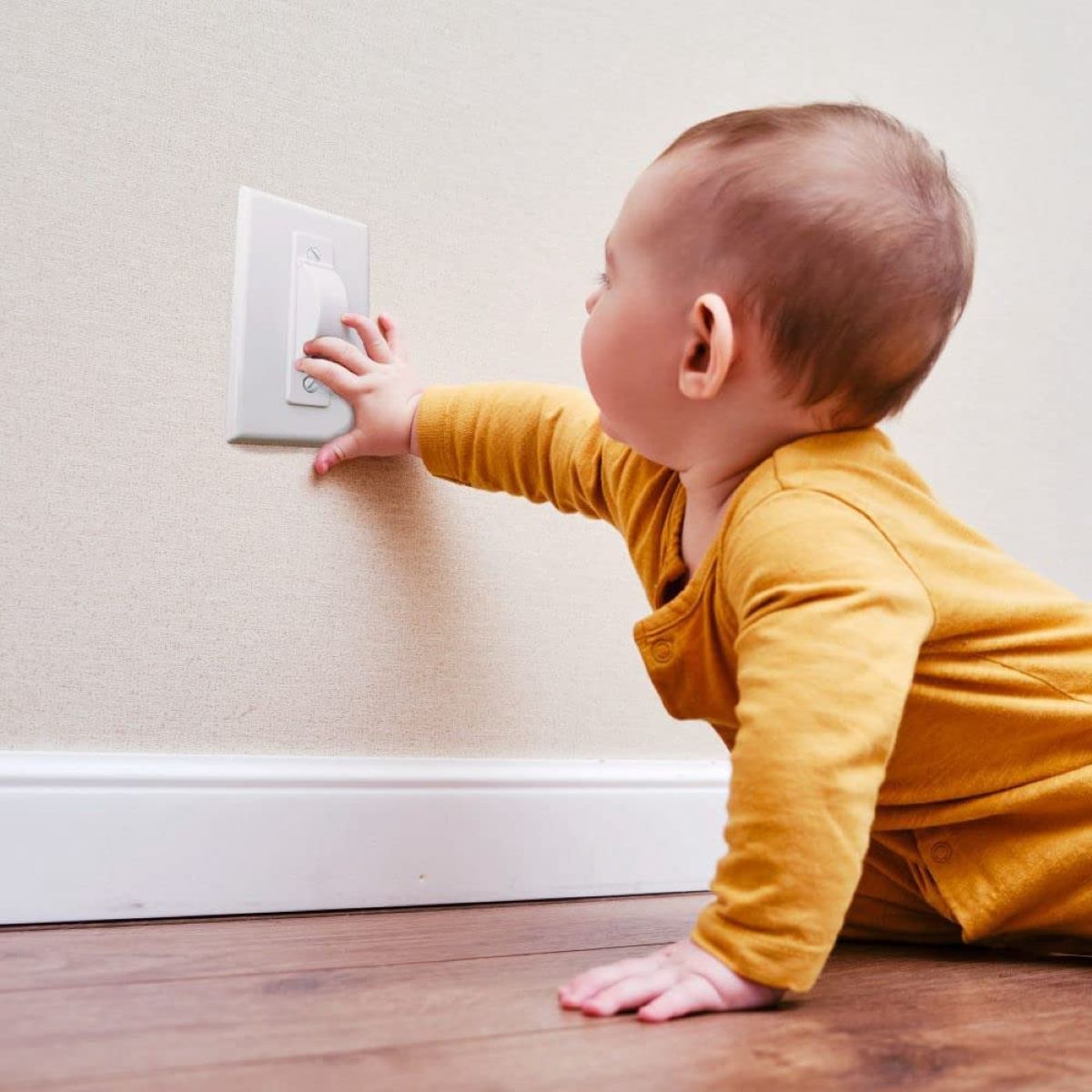
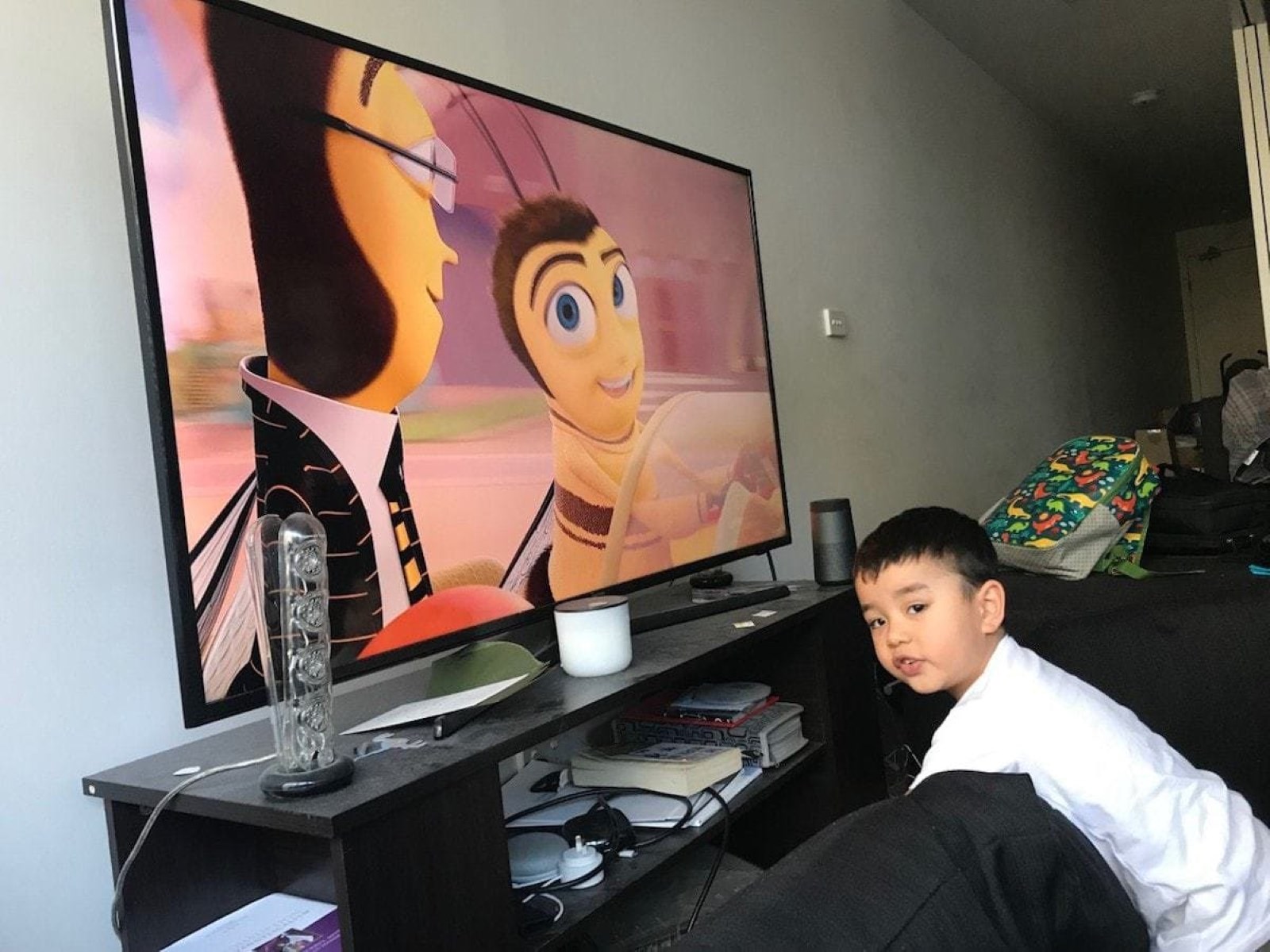

0 thoughts on “How To Childproof A TV”